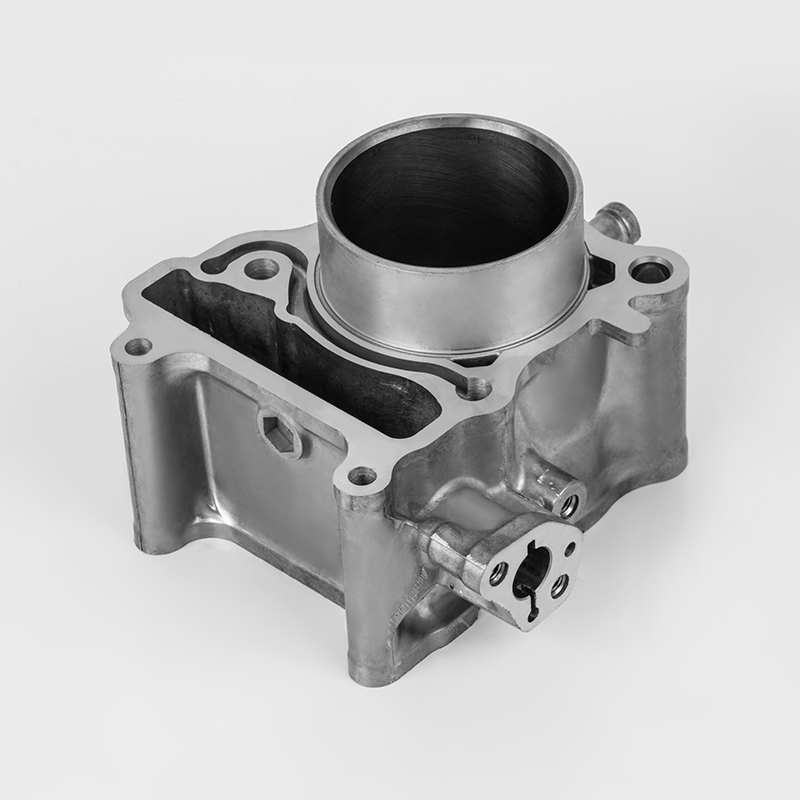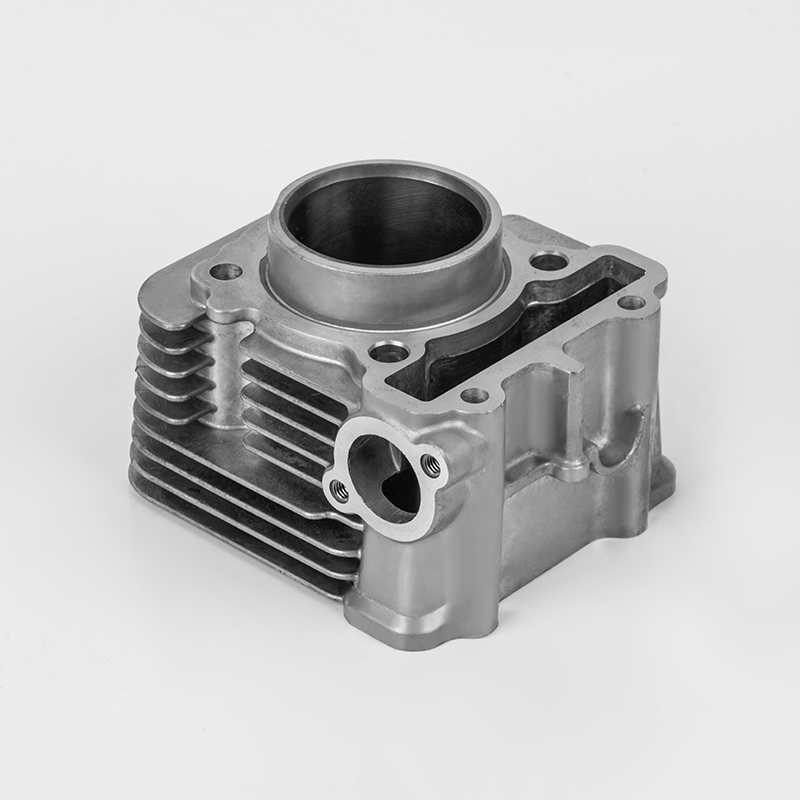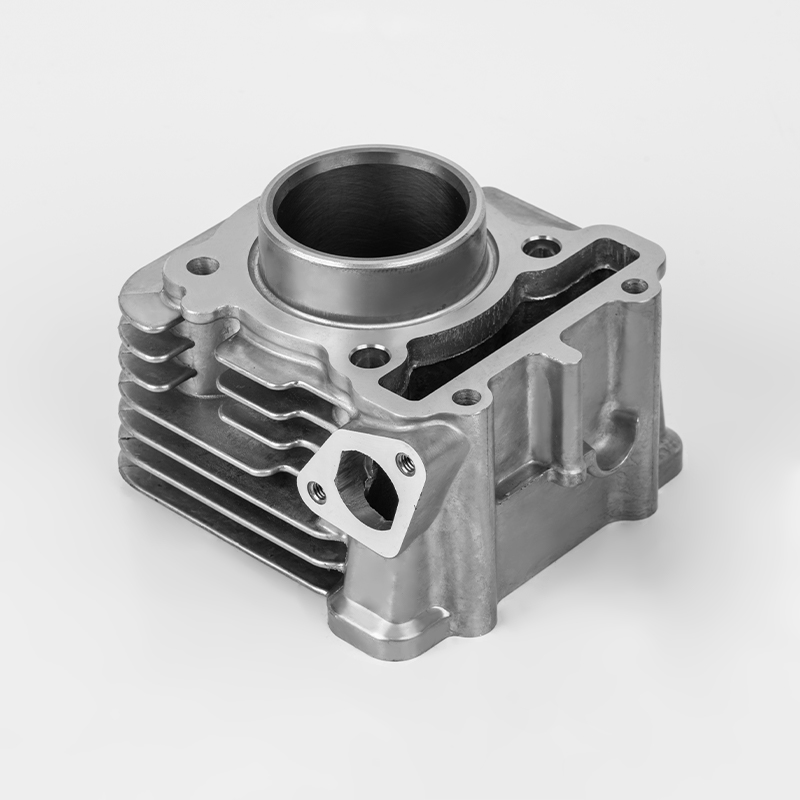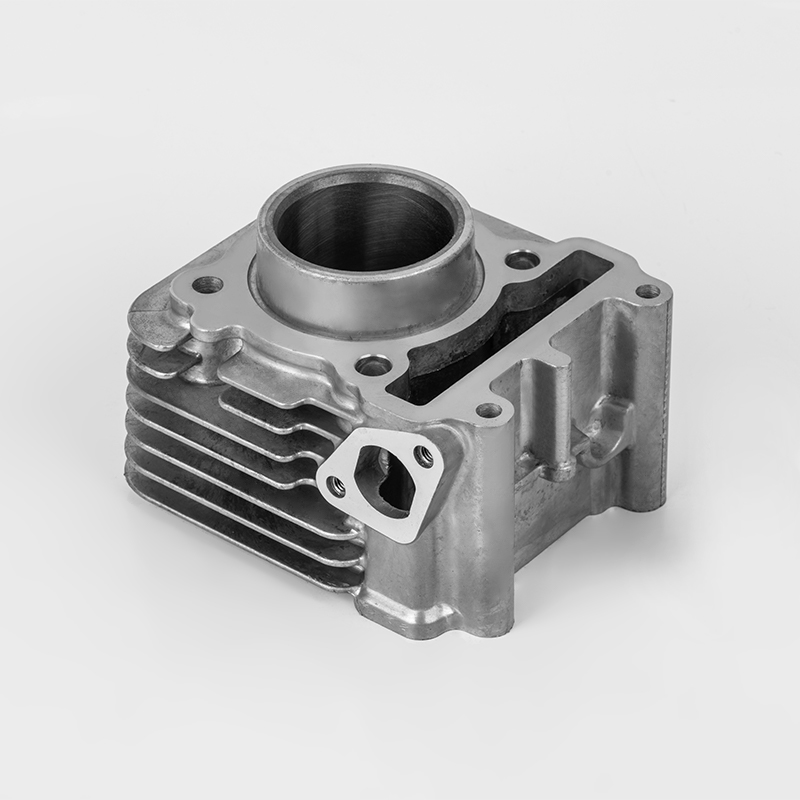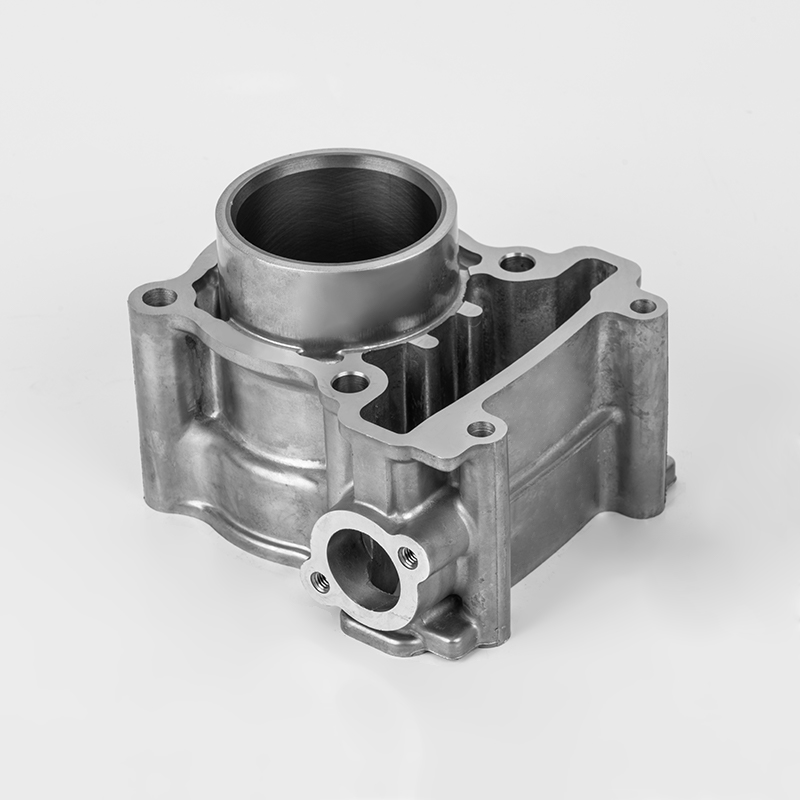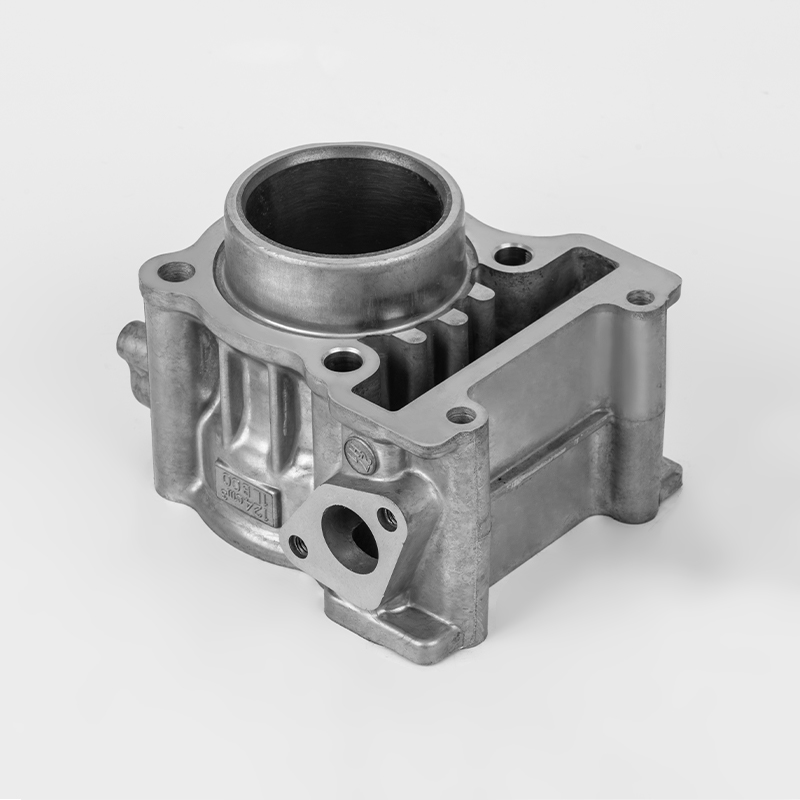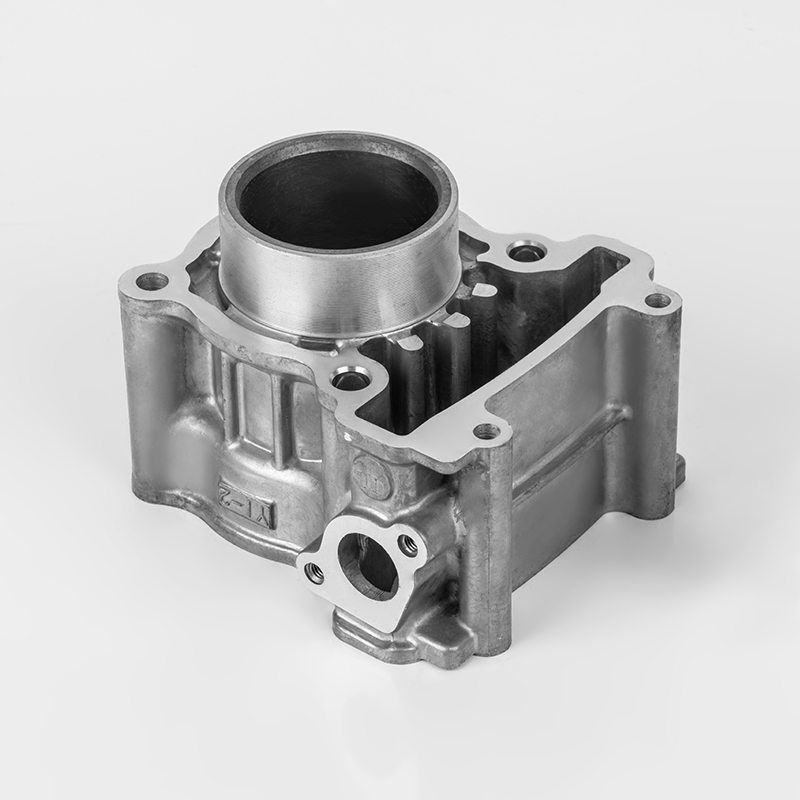Motorcycle cylinders are primarily made from metals chosen for strength, heat tolerance, and durability. Here’s a detailed breakdown of common materials and their characteristics:
▸Aluminum Alloys
Most common material for modern motorcycles due to its lightweight nature.
Excels at heat dissipation, helping engines stay cooler under stress.
Often used in air-cooled engines (with external fins) or as the outer shell in liquid-cooled engines.
Requires reinforcement (like liners or coatings) since pure aluminum wears down quickly from piston friction.
▸Cast Iron
Traditional material for older or heavy-duty engines.
Naturally wear-resistant and durable under high pressure/piston movement.
Better at retaining cylinder shape (less warping) during intense heat cycles.
Heavier than aluminum, which can affect bike performance and handling.
▸Composite Construction (Aluminum + Iron/Steel)
Combines aluminum’s lightweight cooling with iron's toughness.
Iron or steel liners are pressed or cast into aluminum cylinders for added durability.
Common in engines balancing performance and longevity.
▸Nickel-Silicon Coatings (Nikasil, etc.)
Ultra-hard coating applied directly to aluminum cylinders.
Creates a smooth, low-friction surface that resists wear without liners.
Improves heat transfer and reduces piston drag, boosting efficiency.
▸Chromium Plating
Hardened chrome layer electroplated onto cylinder bores.
Provides excellent scuff resistance and longevity.
Used in high-performance or racing engines where reliability is critical.
▸Specialized Alloys
Some manufacturers use proprietary alloys (e.g., hypereutectic aluminum) for enhanced strength-to-weight ratios.
Engineered to minimize thermal expansion under heat, maintaining precise piston clearances.
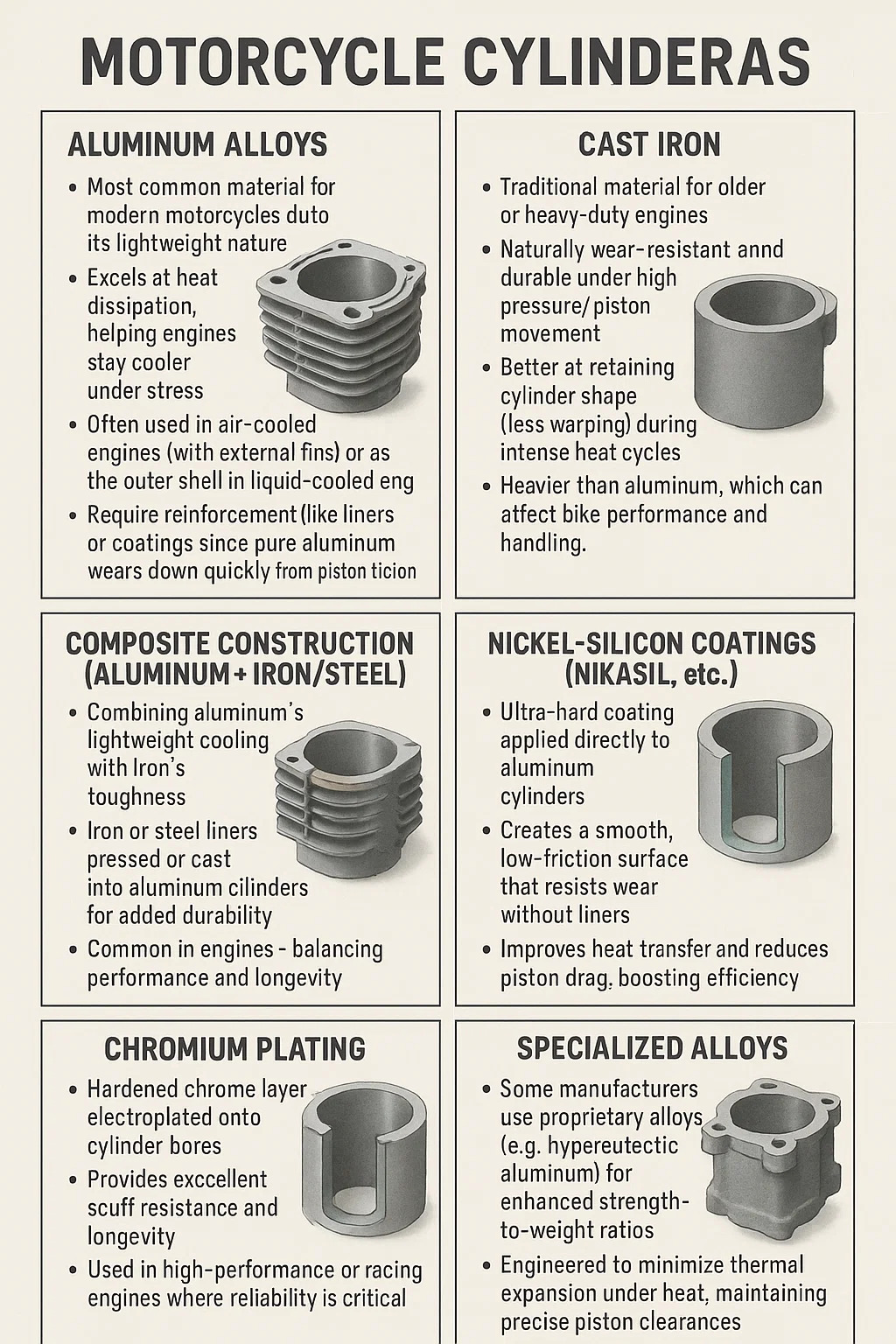

 English
English Español
Español عربى
عربى

